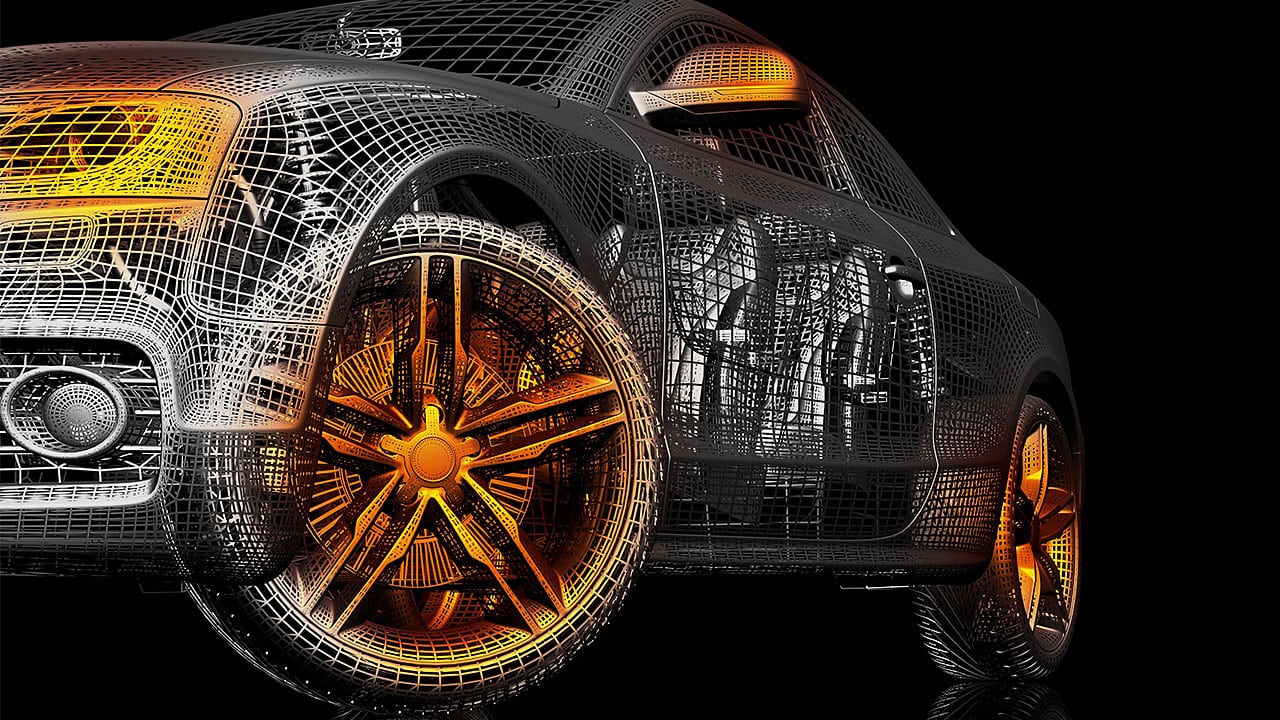Today’s engineering projects often necessitate 3d modeling designs in the critical design and planning phases of development. These designs offer greater detail of what a prototype or final product will look like and how it will function. However, though the advantages to making 3D designs are clear, there are also additional challenges to be considered. Models become more complex, which means that there is more to pay attention to. Additionally, the tools used to create these models may prove a little more challenging to master.
How do professionals navigate these challenges? Here are some 3d modeling tips to keep in mind.
Grads of Technical Design College Know to Model for Intent
Engineering projects are meant to be used for a specific task, and it’s important that digital design professionals take this into account by “modeling intent.” This means that the intended function of the finished product needs to be kept in mind throughout the process of creating its 3D model. The digital representation should match the intended form and function as closely as possible, and allow users to explore the concept in three dimensions almost as easily and intuitively as they might with a real, physical object.
This is an idea with important implications for students at technical design college. Having a model intent mindset can help students and professionals make smart decisions about the dimensions and interconnections of objects they make in a 3D model. It can also help them identify potential issues in the model to be relayed to the engineering team for fixing prior to production or construction.
Understand the Difference Between Feature Based Modeling & Direct Modeling
There are different ways to approach 3D modeling, and it’s a good idea to have a solid understanding of the key differences between two of the main approaches—feature-based modeling and direct modeling—when first starting out.
Feature-based modeling is a process through which different features of a 3D model are introduced in a particular order. For example, a section of the wall might be one feature of the whole, and a hole in the wall would be a second.
The features become dependent on each other, and to go back and edit a particular feature requires removing all subsequent features first, meaning that you cannot change the wall without first changing the hole. Direct modeling, on the other hand, is largely used for manipulating 3D model elements directly. Dependencies between elements can be created, but it’s still possible to alter individual elements without first undoing everything that came after it.

Direct and feature-based modeling handle interconnected features differently
To many, the convenience of direct modeling makes it the preferred choice. In some engineering circles, though, the way feature-based models create models that match the intended build process and function of an object make it better for accuracy. In other words, there’s no right or wrong answer as to which should be used in 3D modeling.
Do Your Training With the Software Used by Real Professionals
There are free and budget digital modeling computer programs out there that some might be tempted to use to familiarize themselves with engineering design technology. However, taking this route is far from ideal. This is because there can be all kinds of differences in features, shortcuts, and best practices between those entry-level programs and the standard software used in the industry.
For that reason, it’s important to concentrate on learning the standard tools used within the engineering design industry. A good engineering design technology program will provide the ideal learning environment for this, offering access to mainstay software. This will often include applications like Autodesk Inventor, which facilitates mechanical design and simulation; Revit, which allows for the creation of realistic 3D structures; and AutoCAD, which is a powerful, adaptable tool for creating 3D objects of all kinds. By becoming familiar with these essential software programs, as well as developing many other important skills, students can approach 3D design with confidence.
Are you itching to start a career in engineering design technology?
Get the preparation you need at Digital School!

